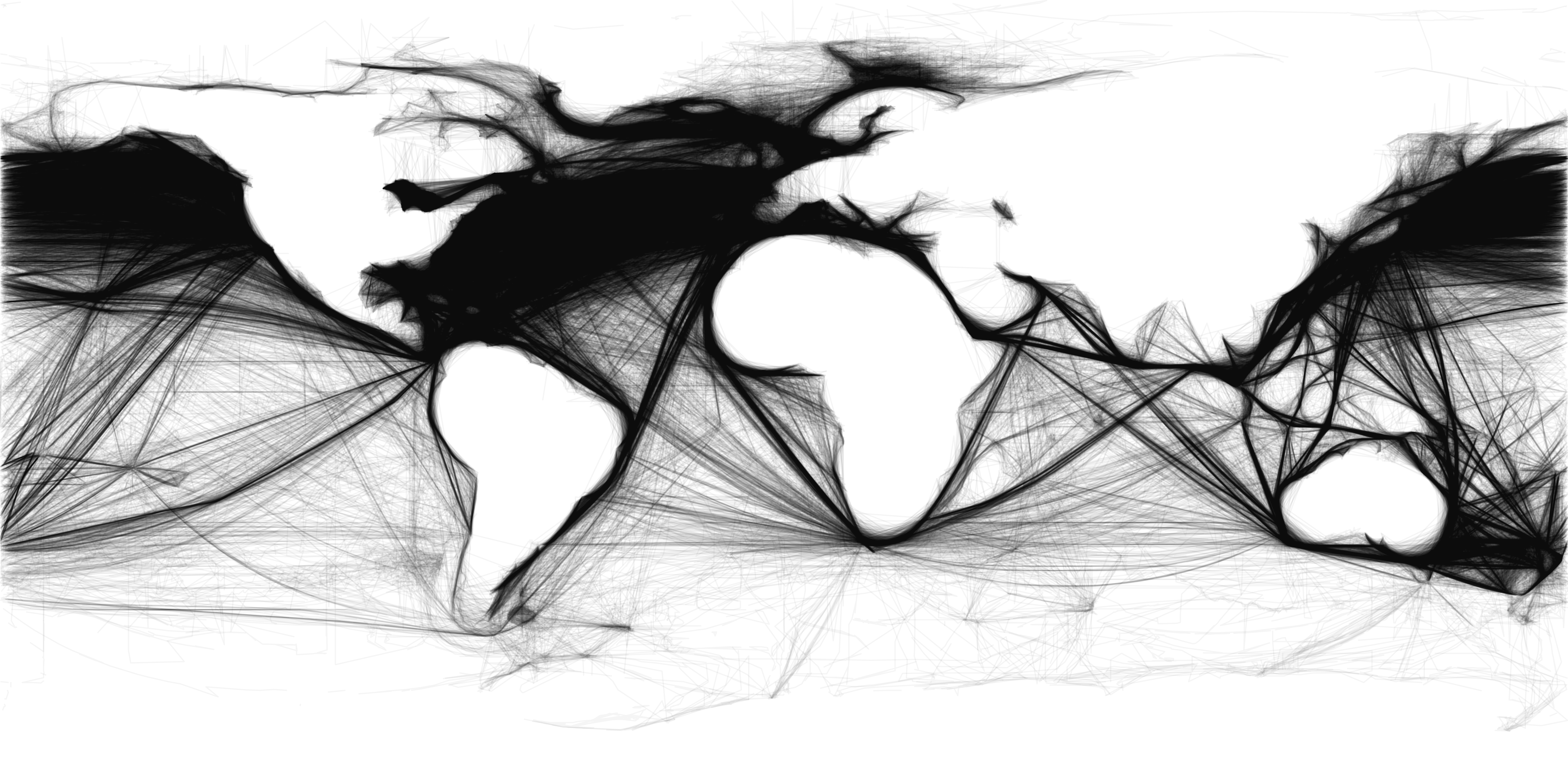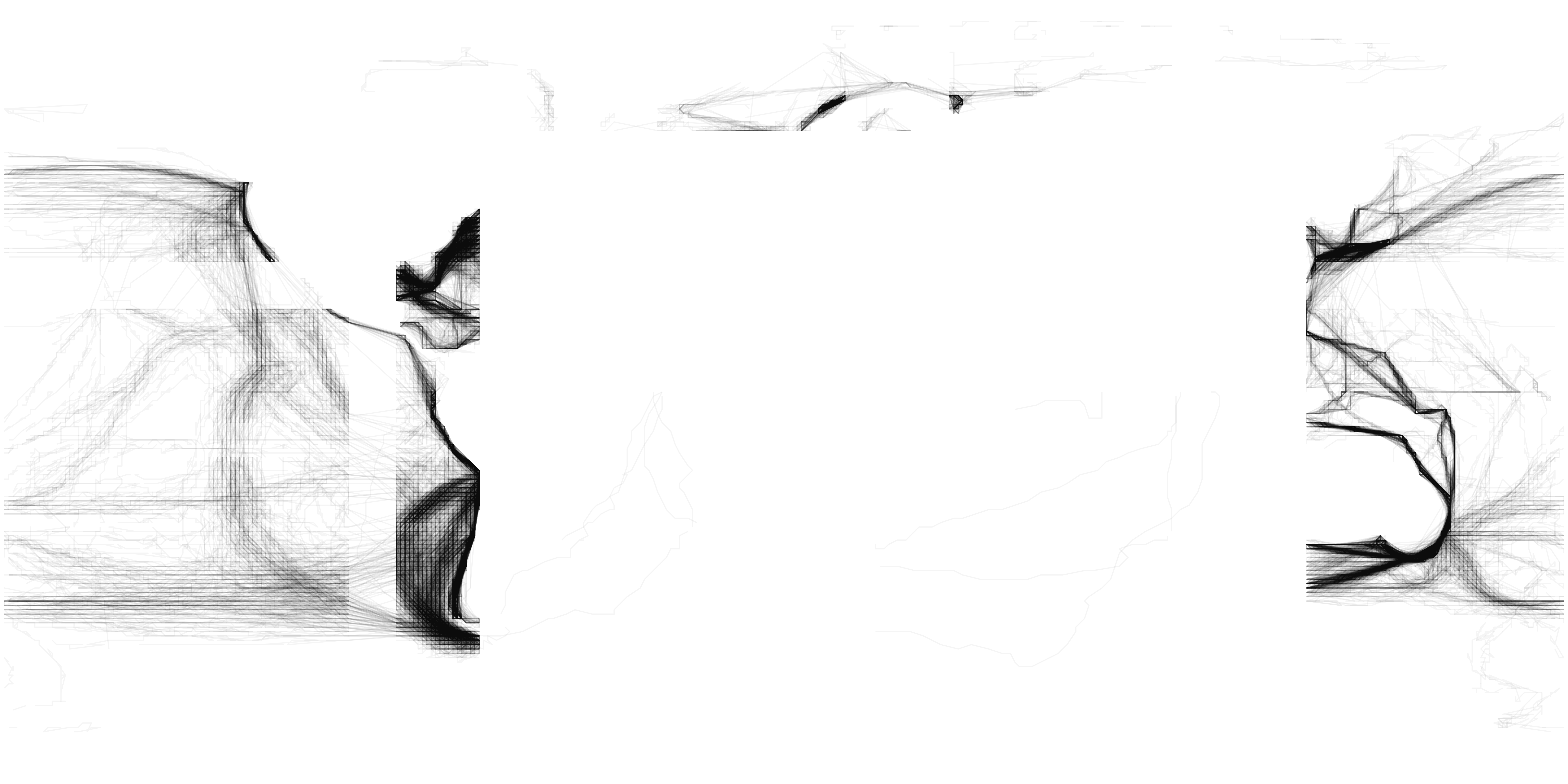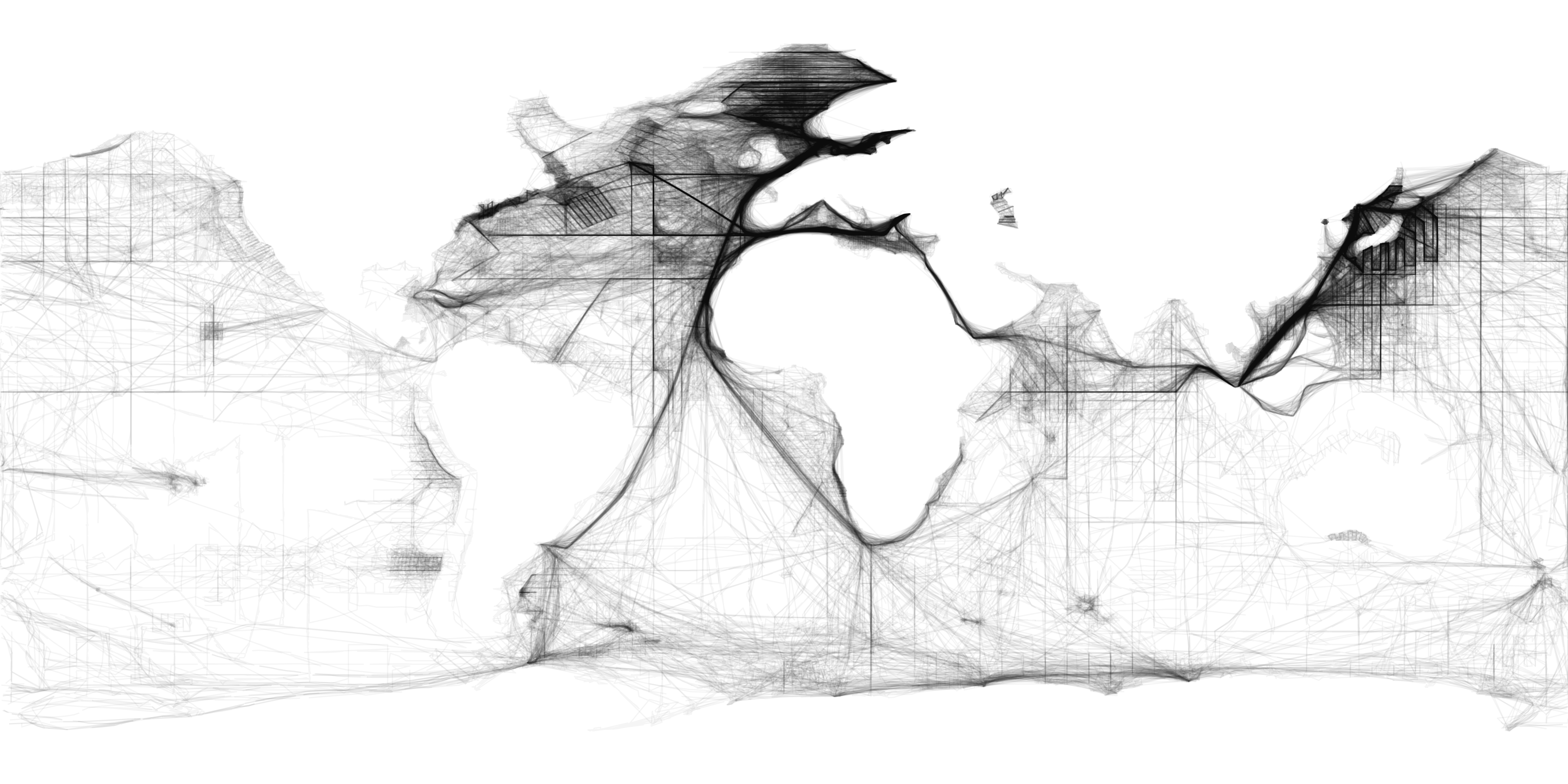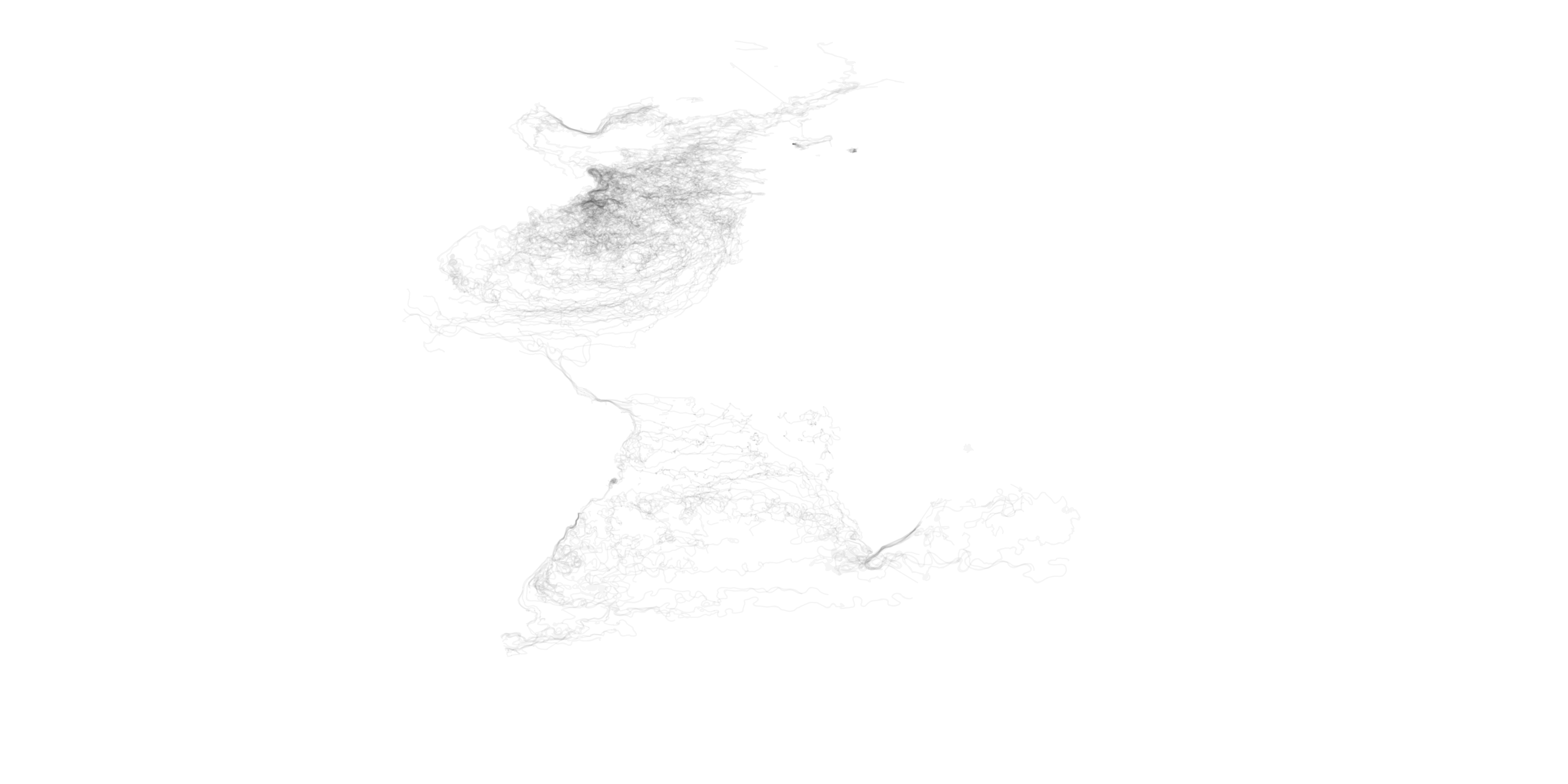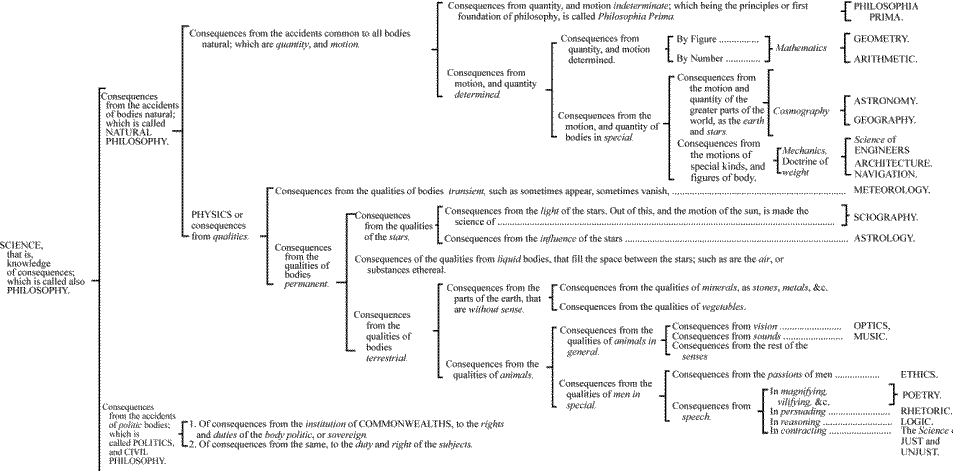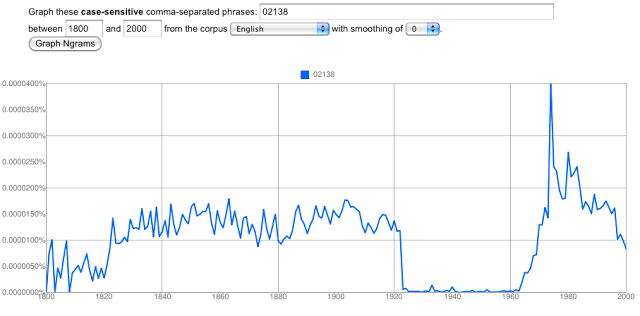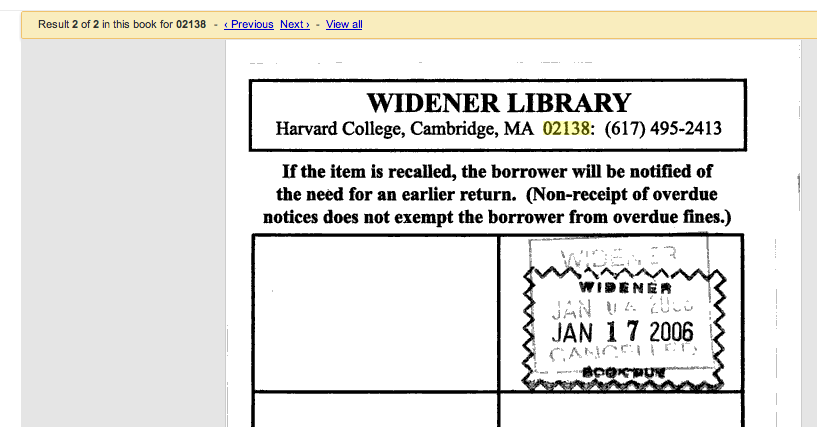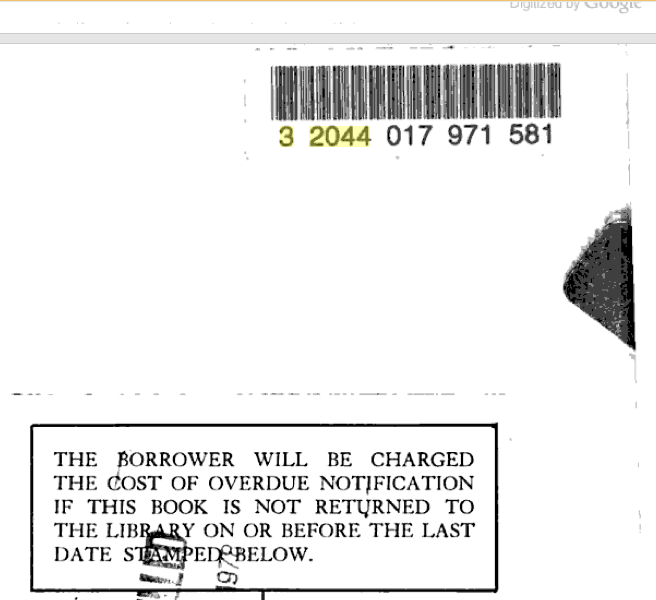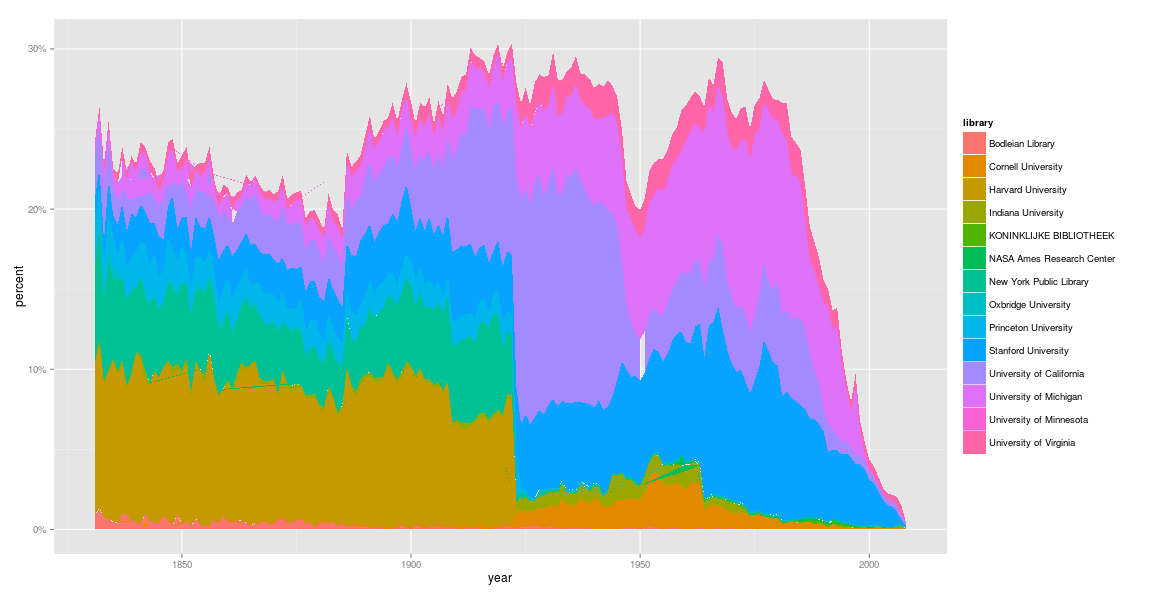State Traces
Climate metadata, 1789-c.1860

icoads.noaa.gov
Logbook Digitization in the 1920s
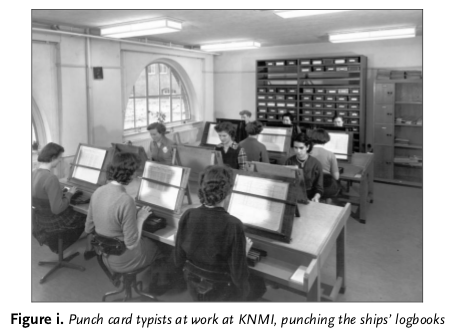
Wallbrink, H. and F.B. Koek, Data Acquisition And Keypunching Codes For Marine Meteorological Observations At The Royal Netherlands Meteorological Institute, 1854–1968
Digitized logbooks, c. 1930

Wallbrink and Koek
Organization of knowledge
Classifying Knowledge
Words the drop off between 1918-1922 and 1923-1927
Some corpora in bookworms already:
- Open Library (1 million books)
- Hathi Trust (4 million books)
- Medical Heritage Library (250,000 thousand medical books)
- Chronicling America (6 million newspaper pages, USA 1850-1922)
(4 million medical articles, 1500-1950, titles only)
- Arxiv.org (c. 600,000 science article, 1995-present)
Some questions:
- How do classifications shape what gets written?
- How do state classifications (Library of Congress) inform and disagree with "academic" classifications (eg., JSTOR)
- How can machine classification help us to understand classification?
- What does government classification have to do with government security classification?


